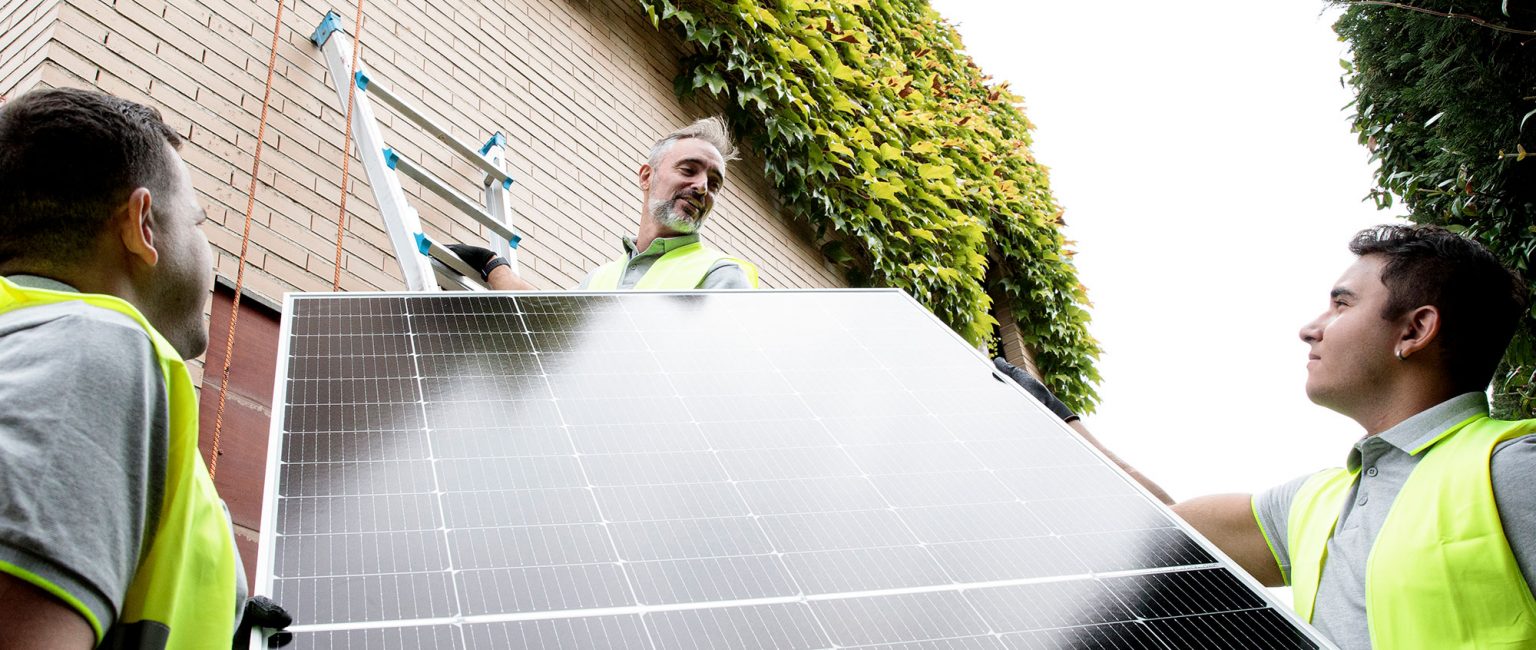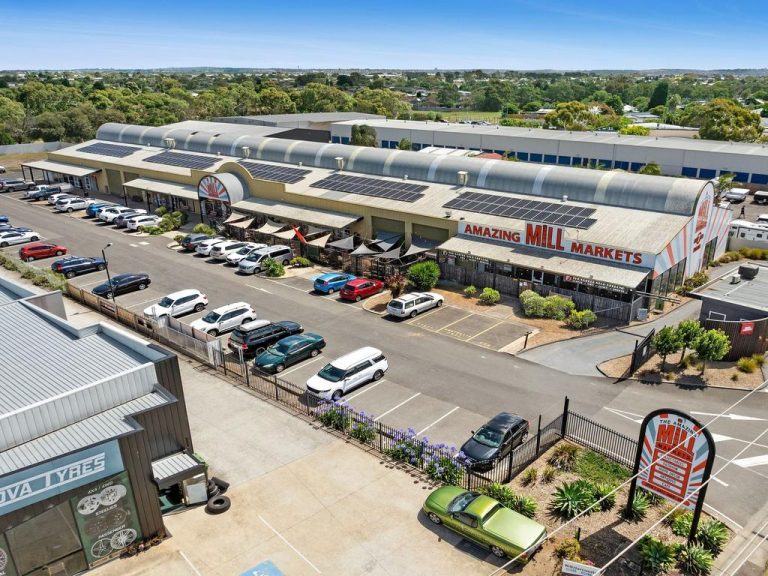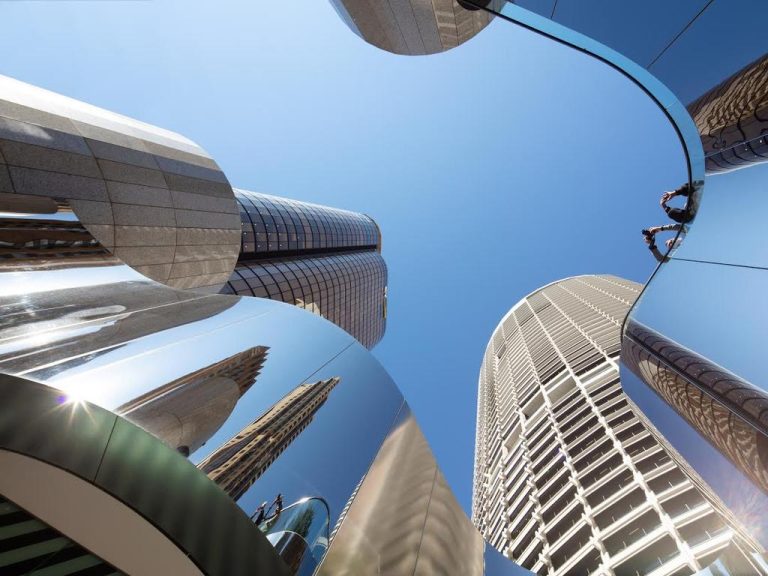Why the construction industry should adopt a circular approach

A circular approach within Australia’s construction industry will pave the way towards not only a more sustainable future but will also bring wide-reaching economic benefits, according to a world-leading circular economy expert.
Utrecht University sustainable innovation professor Jacqueline Cramer said the basic principle of a circular economy was dealing as prudently as possible with resources, meaning to not “over-consume” but consume in balance with nature.
“That’s the principle of circular economy and… in the case of building, not building a new building but renovating a building which can be renovated and you don’t need all the materials again but you can just replace what’s needed to be replaced,” she said.
Being more precise about the quantity of materials used and using modular builds in the construction of commercial premises is also important Professor Cramer said.
“The second thing is that in many buildings that are built, we are not very conscious about how we use the materials in terms of how much do we need per unit of product and we tend to put a lot of cement and concrete with the thought that, ‘It will be OK,’ but with our modern technologies we can do a much better job in terms of provision of how much we use.
“It’s important in terms of new buildings that we design in such a way that it can be brought back in the cycle after its use. This means you build modular, that you don’t stick everything together …so you can really put all the things in the building in the next build,” she said.
Benefits of a circular approach
A circular approach to the building can also cut down costs Professor Cramer said.
“You can sell the materials for a price, and in general you save money especially when we also focus on not only the recycling but also product reuse,” she said.
“In that sense, it is also a model which can show that there [are] financial benefits as well. I want to stress that because people think, ‘Oh, it’s another environmental concept.” No, it’s also a concept that if you look at it in a broader system perspective it can be of value for economic reasons.”
Consumer demand for sustainability
New research carried out by ING Australia and Planet Ark’s Australian Circular Economy Hub has discovered a high consumer demand for the construction industry to take a circular approach, reducing its reliance on non-renewable resources.
Furthermore, it revealed three quarters of Australians surveyed believed it was important homes and buildings were designed and demolished with reuse in mind, and more than eight in 10 want to live and work in buildings that were more sustainable.
“It’s clear from the research that Australians want their built environments to contribute towards a more sustainable future, even if it comes at a financial cost. It’s this demand that is driving the construction industry to rethink how they design, build and deconstruct buildings,” Darren Beatty, head of real estate finance for ING Australia’s Wholesale Bank said.
“If we really want to tackle climate change we can’t only focus on transitioning to renewable energy, we also need to focus on reducing the emissions from the products we make.”

Research shows that consumer want homes and buildings built and demolished with reuse in mind. Picture: Getty
Planet Ark co-founder and chief executive Paul Klymenko said their research showed that most business decision makers see recycling as the defining term for the circular economy, rather than a system redesign focusing on designing out waste and pollution, reusing products and materials and regenerating natural systems.
“It revealed a knowledge gap between early adopters in business and those just now starting their circular economy journey, as well as an opportunity for the ACE Hub to facilitate increased knowledge transfer between these groups to speed up the imperative transition to a circular economy,” he said.
Professor Cramer said there was lots to be done in Australia in terms of circularity, but that was also true globally.
“We have gained experiences all over the world with energy efficiency and using renewables becomes more and more standard to think about,” she said.
“But circular building is something that has not been implemented fully anywhere in the world [there’s] only standalone examples.
“Australia is still in an early phase when it concerns circular economy.”







